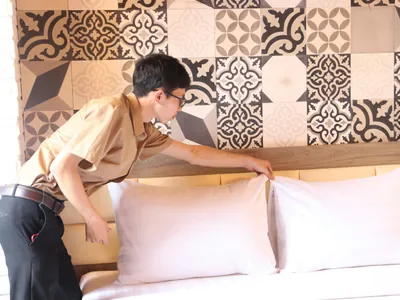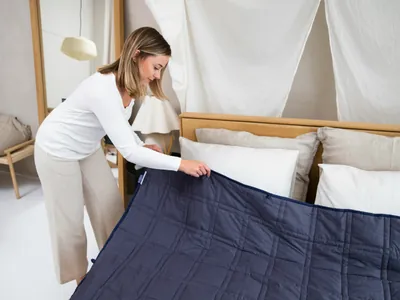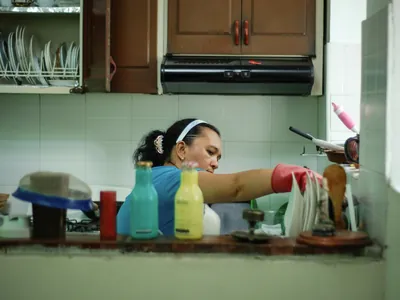Dusting Techniques: Comprehensive Home Dusting

Dust is more than just an unsightly nuisance; it's a collection of dust mites, pollen, pet dander, and other allergens that can impact your home's air quality. Effective dusting isn't about just moving dust around—it's about capturing and removing it. Using the right tools and a systematic approach can make your dusting more efficient and effective.
🛠️ The Best Tools for Dusting
Ditch the feather duster, which just flings dust into the air.
✨ The Professional Dusting Method
Follow these two simple rules for a thorough clean.
Work Top to Bottom
Always start with the highest surfaces in the room (ceiling fans, light fixtures) and work your way down. This ensures any dislodged dust falls onto surfaces you haven't cleaned yet.
Slightly Dampen Your Cloth
For most surfaces, a lightly dampened microfiber cloth is more effective at capturing dust than a dry one. Be sure to use a dry cloth for sensitive electronics and unfinished wood.
📋 Don't Forget These Hidden Dust Spots
A truly thorough dusting goes beyond the obvious surfaces.
Often-Missed Dust Havens:
- Baseboards and trim
- The tops of doors, windows, and picture frames
- Lampshades (use a lint roller or vacuum brush)
- Indoor plant leaves
- Electronic devices and vents
- Underneath furniture
Always dust before you vacuum. After you've captured all the dust from the surfaces, vacuuming will pick up any particles that have settled on the floor.
A dust-free home is a healthier home. If you or your family suffer from allergies, a professional, detailed dusting can make a world of difference. Contact The Box Advantage Group to learn more about our comprehensive housekeeping services.

